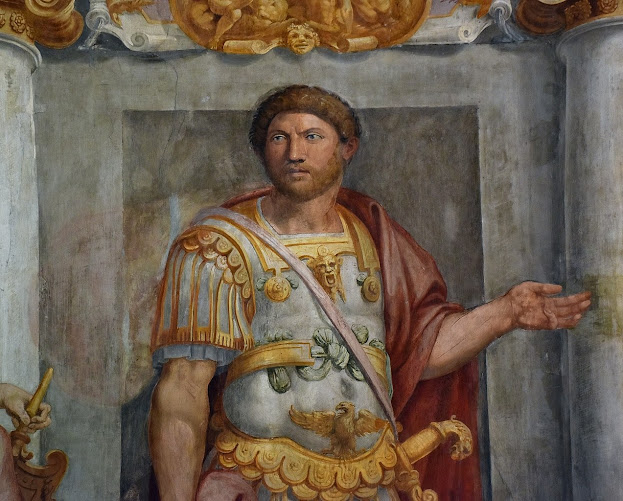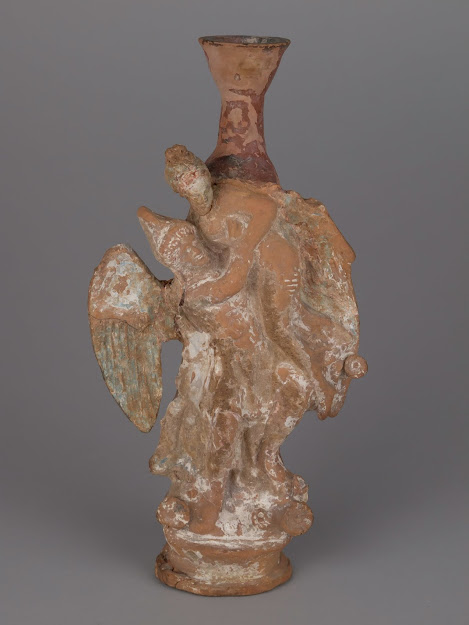Art of Ancient Yemen

Ancient Yemen was composed of a number of regional kingdoms including the Minaeans in the north in Wādī al-Jawf, the Sabeans on the southwestern tip, stretching from the highlands to the sea, the Qatabānians to the east of them, and the Ḥaḑramites east of them. They were all engaged in the spice trade, especially frankincense and myrrh. They left behind many inscriptions in the monumental ancient South Arabian script or Musnad, as well as numerous documents in the related cursive Zabūr script. Scholars disagree about their origins with some claiming these kingdoms arose about 1200 BCE. Others say they did not begin to flourish until the 8th century BCE and lasted until they were conquered by the Himyarites. The Himyarite Kingdom conquered neighbouring Saba' for the first time in c. 25 BCE, Qataban in c. 200 CE, and Haḍramaut c. 300 CE. The Middle Saba' kingdom rose in the early 2nd century CE with its capital established at Ma'rib. Himyar's fortunes relative to Saba








